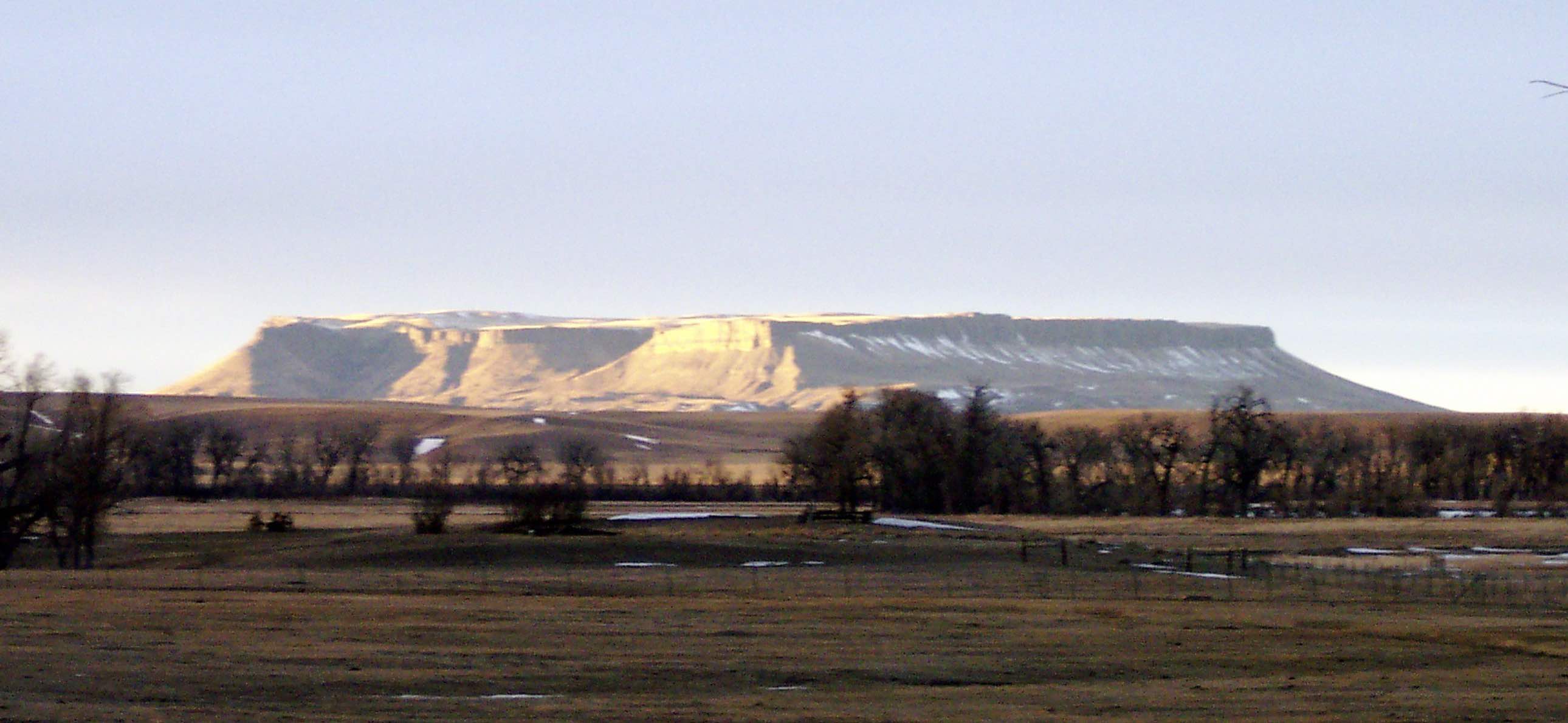Yesterday, the wind blowing in from the southwest signaled the arrival of warmer weather. It changed our world from a pristine Hallmark card image to a rippling, moving place where as a youth I imagined trekking across the dunes of a desert landscape. The wind-rippled snowdrifts reminded me of our Moroccan friends Taoufik and Oulya who in discovering our landscape introduced us to theirs.
I had always viewed myself as a landlubber, a wader of irrigation ditches, a non-floater who dismissed swimming because the closest pond of water nearby was an algae-covered cattle tank. As a daughter of America’s High Plains Desert, I quickly understood living in an area with little water and could envision Morocco’s Atlas Mountains when compared to our Adels.
What gave me pause was Taoufik’s calling Morocco an island, with a north shore on the Mediterranean Sea, a western shore on the Atlantic, and with southern and eastern shores on the great Saharan “ocean.” My first reaction was not how that resembled Montana, but instead was “Aha…so that is why camels are called the ‘ships of the desert’.”
And yet, the dry, blowing snow of a Montana winter seals the comparison because it is the shifting winter snow that transfers the plains into an ocean of rippling wavelike drifts.
The comparison requires a deeper look. Who hasn’t marveled at the soft, downy character of newly-fallen snow? Like the sand in the buffalo wallows on the plains, powder snow doesn’t hold a form or support any weight. However, a driving wind can pack Morocco’s dry sand into a dune hard enough to bear the weight of a loaded camel…or create a Montana snowdrift dense enough to easily hold a deer’s weight.
It all leads me to marvel at the power of a metaphor and how drawing comparisons is so integral to learning…and more specifically to the creative process. Without Taoufik knowing his own landscape so well, without his comments about the similarities between Montana and Morocco, I might never have come to understand more of the innate characteristics of our High Plains Desert, and in particular, its snow.
It is that depth of understanding that underlies my belief in the importance of all artists keeping a landscape journal that records their relationship with their surroundings. Why? I believe that the land around us is a principal player in what we create.


Comments are closed, but trackbacks and pingbacks are open.